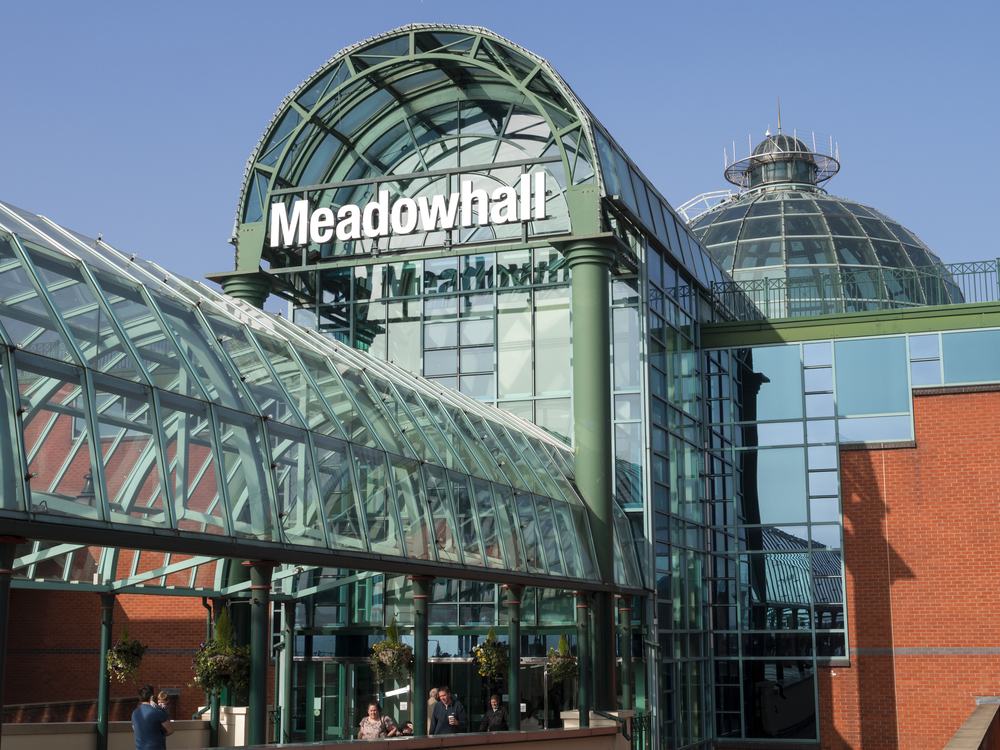I have been a bull of British Land (BLND) ordinary shares because of quantitative easing – first in the UK and US, and much more recently in the Euro area. Now that it is scripted that QE is to taper in the short to medium term in the US and UK, property shares will lose one of their share price drivers as interest rates begin to rise, making money and financial instruments more competitive with tangible assets.
However, the world’s monetary economies are as complex as the choreography of a grand ballet. As the ballet of US and UK monetary policy moves back stage in a tapering movement, the monetary ballet of Mari Draghi’s ‘Euro’ Europe, has moved centre stage. Euro denominated institutional and private money will still be seeking a better return and will probably continue to be attracted to prime London property assets, which remains an attractive investment destination for migrants from the low interest rates of Euroland.
The bull case for British Land equity at 876p a share includes the following: there is likely to remain a strong demand for UK property assets by continental European interests; and the UK property market – as demonstrated by the 12% increase in the British Land property portfolio last year – still looks to have the buoyancy to justify future near term property developments.
British Land management expresses enthusiasm for such prospects, stating that it has reconfigured its property development strategy to take advantage of the changes in the UK property market. The company has a strong balance sheet to enable it to make progress in such circumstances.
The more cautiously bearish case against British Land shares now, after a 23% increase in the share price over the last year, is that the share price is well up with events – even after a 12% rise in net asset value to 850p. That means that the share price at 876p is at a 3% premium to those assets. In other words one invests now at a 3% loss on the money in terms of asset value, to obtain a dividend yield of 3.4%. That implies that an investor now has to have a bullish view of things in terms of asset growth this year or in terms of dividend growth. That is to some extent already discounted, therefore.
Moreover, the latest results come from super normal growth which will be hard to sustain. It is reported that the company’s ‘accounting’ growth over the last two years was a remarkable 50% with 24.5% of that coming in the year just ended. The property portfolio valuation was up 14%, letting renewals were up 10% and occupancy rates stood at over 98%.
My subjective view of the first question that there is more to come from the UK property market is partly because the Euro area has only just commenced its own quantitative easing measures and partly because interest rates elsewhere are likely to rise slowly. However, taking inflation and therefore interest rates for granted has always been a game for those with the widest and most acute watchfulness. We may be seeing, for example, the formation of an El Nino condition in the Pacific, which usually means drought in the Eastern hemisphere. That is not normally reported as front page news.
Although there are solid grounds for thinking the shares fully valued, the company has work in progress from the rise in its development portfolio. In a market of dear looking shares, this one has some commercial momentum. The market consensus is for an estimated forecast dividend yields 3.4% this year and 3.6% next year. The share price has recently broken into new territory which leaves the prospect of a continued uptrend in the share price. The shares look like a hold and a possible buy for the nimble and short term. However, this doesn not look like a buying point in my opinion for the less watchful and less nimble long term buyer.


